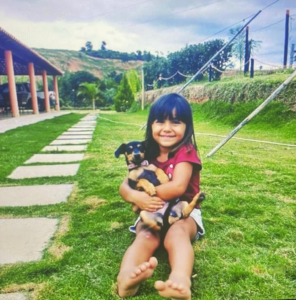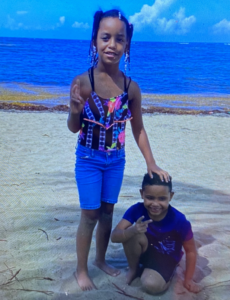Below, you will find the evidence I have compiled supporting the growth my students have demonstrated toward each goal.
Students will work collaboratively with their peers.
Through the middle of the year, behavioral needs made partner work physically and emotionally unsafe for the majority of the students in our classroom. Instead, we opted to have students work in small group rotations. Developmentally, students wanted to work with partners. After many conversations about working with partners interpersonally, I helped my students develop a ‘partner work contract’ that all students signed with their partners. This was incredibly successful. Partnerships worked together to help other partnerships after they completed their work. Students began to advocate for themselves when it came to forming successful partnerships.
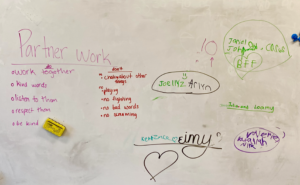
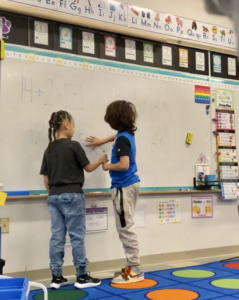
In late April, one of my students (who had a more difficult time focusing) communicated to me that she would not work well with her best friend because they would goof around together, and asked next time to be paired with another student who she was not friends with. This demonstrated significant emotional maturity and growth.
Students will develop confidence as critical thinkers.
One of the ways our classroom has worked to encourage confidence around productive struggle is through our socioemotional instruction. We frequently encourage the kids to remember that they can do hard things.
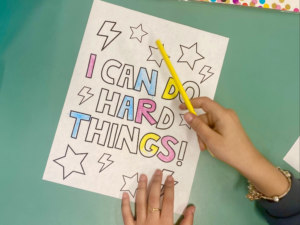
Students are taught that tools (hundreds charts, multiplication charts, dry-erase boards, counters…..etc.) can help them do hard things. Over time their growth has been undeniable. During my data and graphing unit students became easily frustrated when challenged, now students are excited by math challenges.
Students will make text-self and text-world connections.
I have observed students make world and self connections through informal conversations and sharing.
One of the central ways I have seen students connect their lived experiences to learning is through informal conversations. Recently, I was teaching a small group when I overheard a student ask another student what he should pack for his upcoming trip to Florida. The students reasoned with each other before deciding that he should pack short sleeves because Florida didn’t get winter and there were palm trees so it was likely a tropical climate. They drew on their knowledge of climate zones and clothing choices from our weather and climate unit.
Some students love to share during whole group conversations about their lived experiences. For example, during our climate unit, students were elated to bring in images of their home countries to show us what the weather was like based on what people were wearing. Through this connection, learning became authentic and meaningful to the students who were sharing, but also to their peers who were learning from them.
